Leading tech companies are increasingly using AI to influence our behaviour. But how persuasive do we find virtual assistants?
Get the latest international news and world events from around the world.

Caltech Develops a Way to Map Brain Circuits in Real Time
Current optical techniques can image neuron activity only near the brain’s surface, but integrated neurophotonics could unlock circuits buried deep in the brain. Credit: Roukes et. al.
But current optogenetic studies of the brain are constrained by a significant physical limitation, says Laurent Moreaux, Caltech senior research scientist and lead author on the paper. Brain tissue scatters light, which means that light shone in from outside the brain can travel only short distances within it. Because of this, only regions less than about two millimeters from the brain’s surface can be examined optically. This is why the best-studied brain circuits are usually simple ones that relay sensory information, such as the sensory cortex in a mouse—they are located near the surface. In short, at present, optogenetics methods cannot readily offer insight into circuits located deeper in the brain, including those involved in higher-order cognitive or learning processes.
Integrated neurophotonics, Roukes and colleagues say, circumvents the problem. In the technique, the microscale elements of a complete imaging system are implanted near complex neural circuits located deep within the brain, in regions such as the hippocampus (which is involved in memory formation), striatum (which controls cognition), and other fundamental structures in unprecedented resolution. Consider the similar technology of functional magnetic resonance imaging (fMRI), the scanning technique currently used to image entire brains. Each voxel, or three-dimension pixel, in an fMRI scan is typically about a cubic millimeter in volume and contains roughly 100,000 neurons. Each voxel, therefore, represents the average activity of all of these 100,000 cells.
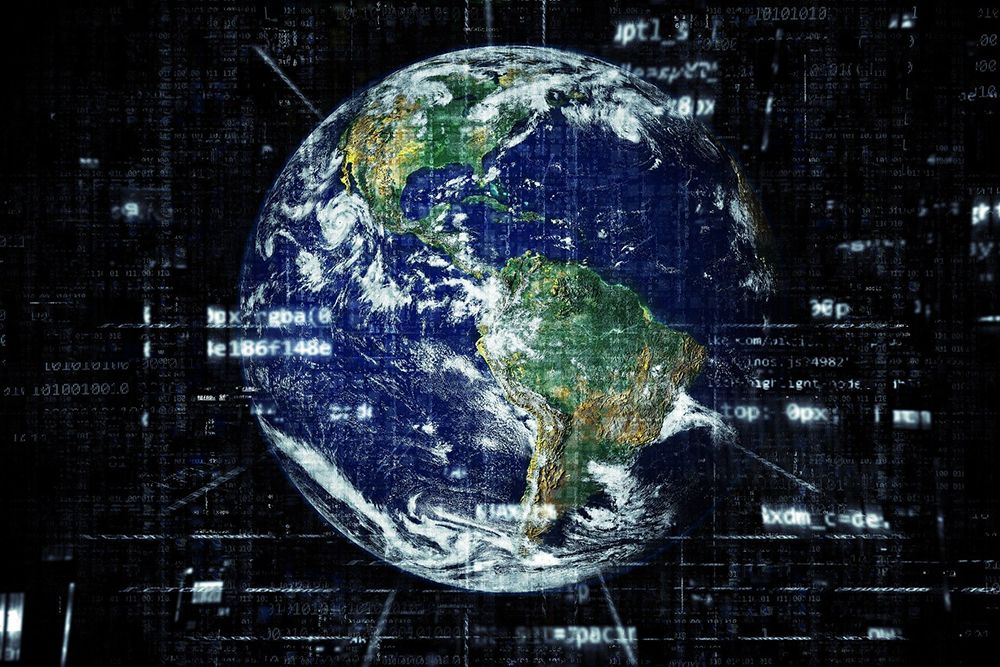
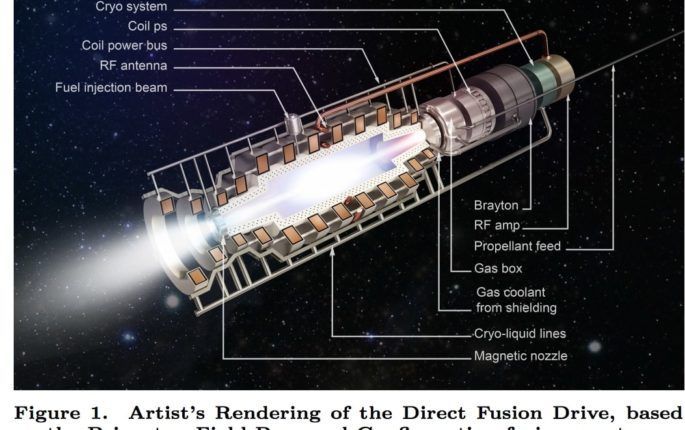
Impatient? A Spacecraft Could Get to Titan in Only 2 Years Using a Direct Fusion Drive
Fusion power is the technology that is thirty years away, and always will be – according to skeptics at least. Despite its difficult transition into a reliable power source, the nuclear reactions that power the sun have a wide variety of uses in other fields. The most obvious is in weapons, where hydrogen bombs are to this day the most powerful weapons we have ever produced. But there’s another use case that is much less destructive and could prove much more interesting – space drives.
The concept fusion drive, called a direct fusion drive (or DFD) is in development at the Princeton Plasma Physics Laboratory (PPPL). Scientists and Engineers there, led by Dr. Samuel Cohen, are currently working on the second iteration of it, known as the Princeton field reversed configuration-2 (PFRC-2). Eventually the system’s developers hope to launch it into space to test, and eventually become the primary drive system of spacecraft traveling throughout our solar system. There’s already one particularly interesting target in the outer solar system that is similar to Earth in many ways – Titan. Its liquid cycles and potential to harbor life have fascinated scientists since they first started collecting data on it.
SpaceX Mars city: Elon Musk details 1 test its success depends on
SpaceX CEO Elon Musk wants to build a city on Mars, but there’s one crucial test that will determine whether his plan is a success.
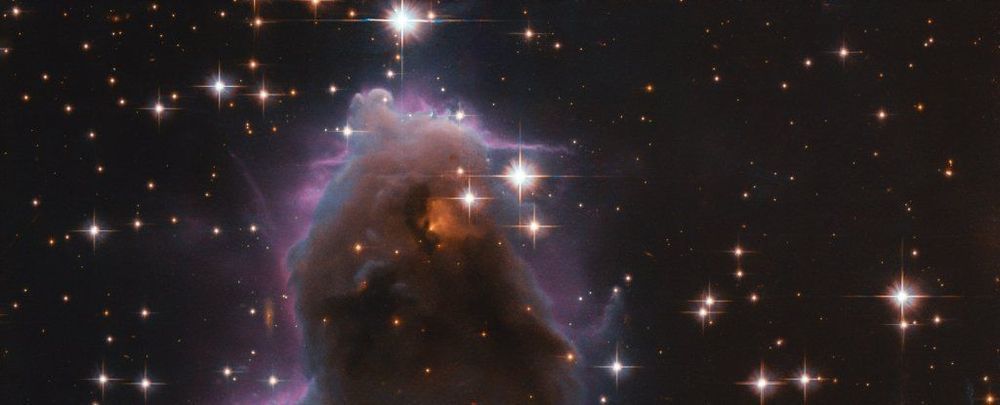
Breathtaking Hubble Image Captures a Star That’s Still Being Born
Zooming in on a small corner of cloud 7,500 light-years away, the Hubble Space Telescope has caught a fascinating stage in the development of baby stars.
It’s called J025157.5+600606, and it’s just a (relatively) tiny bulge in the colossal Soul Nebula (also known as Westerhout 5) in the constellation of Cassiopeia.
But, while the section of cloud seems insignificant in the broader nebula complex to which it belongs, it’s an excellent place to learn about the birth of new stars.
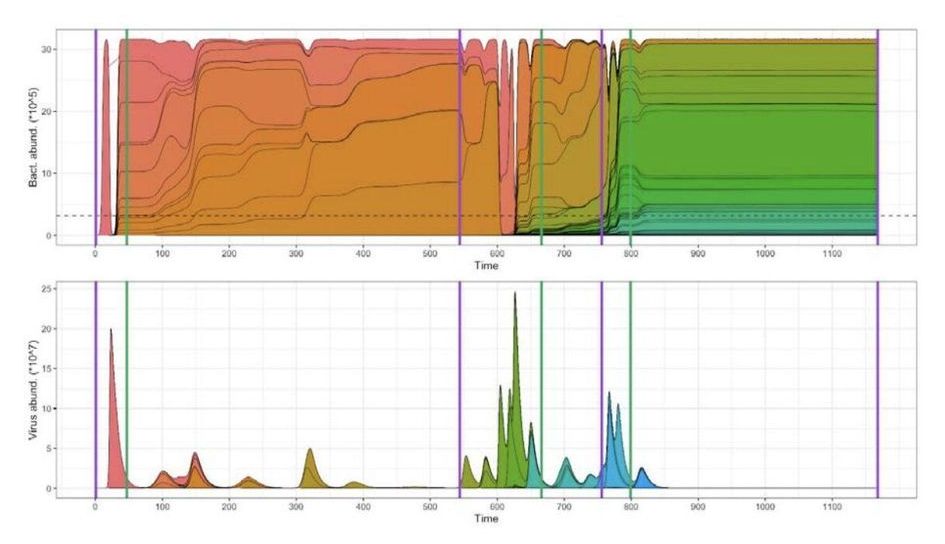
CRISPR-induced immune diversification in host-virus populations
Just like humans, microbes have equipped themselves with tools to recognize and defend themselves against viral invaders. In a continual evolutionary battle between virus and host, CRISPR-Cas act as a major driving force of strain diversity in host-virus systems.
A new study led by Professor of Life Sciences Shai Pilosof (Ben-Gurion University of the Negev, Beer-Sheva, Israel), Professor of Microbiology Rachel Whitaker (University of Illinois Urbana-Champaign), and Professor of Ecology and Evolution Mercedes Pascual (University of Chicago) highlights the role of diversified immunity in mediating host-pathogen interactions and its eco-evolutionary dynamics. The study also included Professor of Bioengineering and Bliss Faculty Scholar Sergei Maslov (University of Illinois Urbana-Champaign), Sergio A. Alcal´a-Corona (University of Chicago), and Ph.D. graduate students Ted Kim and Tong Wang (University of Illinois Urbana-Champaign).
Their findings were reported in the journal Nature Ecology & Evolution.
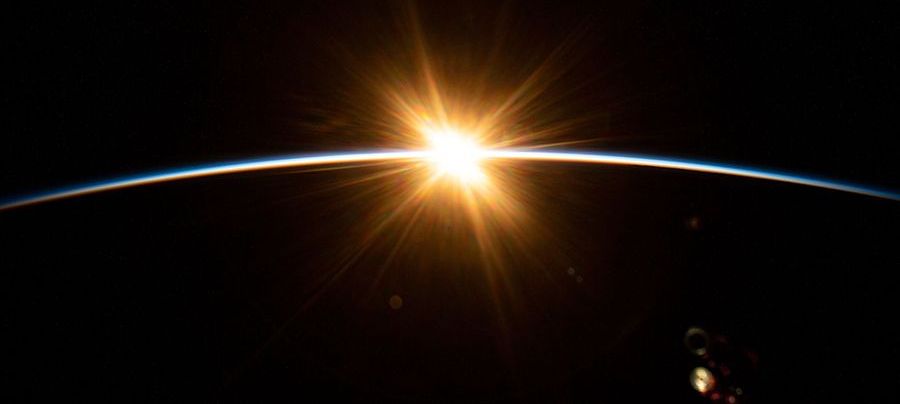
Crews Change Command on Tuesday; Leak Temporarily Sealed
The sun’s first rays burst over the Earth’s horizon during an orbital sunrise as the International Space Station orbited above the Indian Ocean southwest of Australia.
Two veteran International Space Station residents will have a Change of Command ceremony on Tuesday before the Expedition 63 crew returns to Earth the following day. Meanwhile, the Russian portion of the crew has temporarily sealed a leak on the orbiting lab.
Commander Chris Cassidy of NASA will hand over control of the space station to cosmonaut Sergey Ryzhikov on Tuesday. The duo will be joined by the rest of their crewmates for the traditional event live on NASA TV starting at 4:15 p.m. EDT.
Cassidy will spend one more night in space with Flight Engineers Anatoly Ivanishin and Ivan Vagner before departing the station on Wednesday inside the Soyuz MS-16 crew ship. They will undock from the Poisk module at 7:32 p.m., re-enter the Earth’s atmosphere just over three hours later and parachute to a landing in Kazakhstan at 10:55 p.m. (Oct. 22, 7:55 a.m. Baikonur time). All the activities will be broadcast live on NASA TV.

Facebook unveils machine learning translator for 100 languages
Facebook on Monday unveiled software based on machine learning which the company said was the first to be able to translate from any of 100 languages without relying on English.
The open-source artificial intelligence software was created to help the massive social network deliver content better in 160 languages to its more than two billion users around the world.
“This milestone is a culmination of years of Facebook AI’s foundational work in machine translation,” research assistant Angela Fan said in a blog post.
